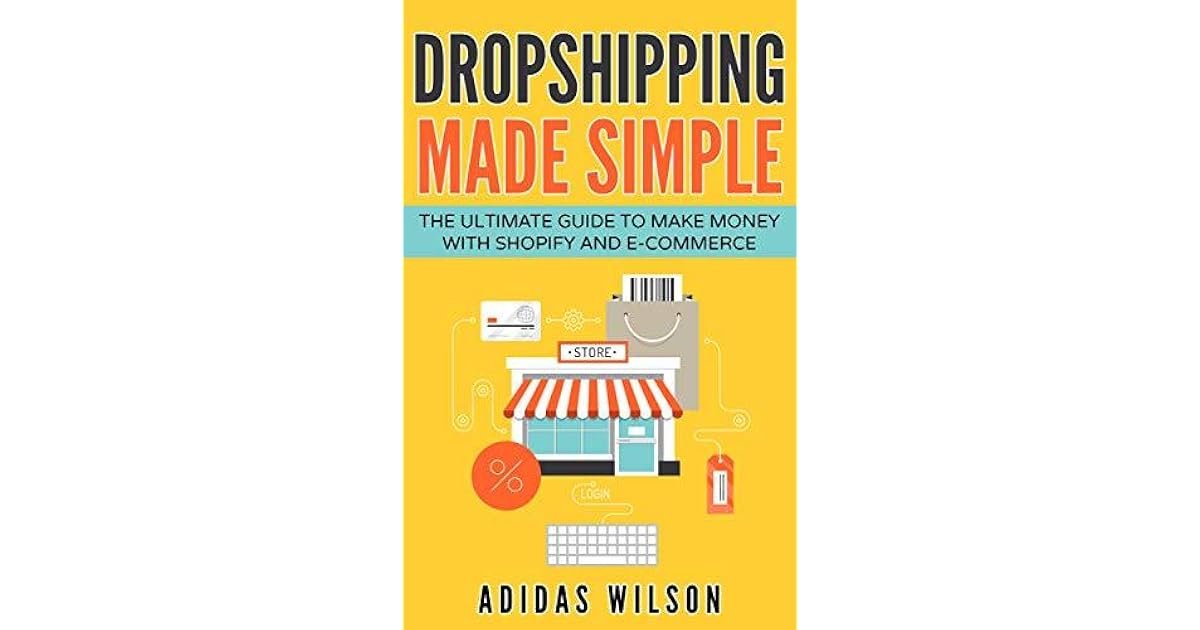In the ever-evolving world of e-commerce, dropshipping has emerged as one of the most accessible and low-risk business models for aspiring entrepreneurs. Whether you’re a seasoned business owner or a complete beginner, dropshipping offers a straightforward way to start an online store without the hassle of managing inventory or upfront investments in stock. This simple dropshipping guide will walk you through the basics, step-by-step, to help you launch and grow your own successful dropshipping business.
What is Dropshipping?
Dropshipping is a retail fulfillment method where you, as the store owner, don’t keep the products you sell in stock. Instead, when a customer places an order, you purchase the item from a third-party supplier who then ships it directly to the customer. This means you never have to handle the product yourself, making it an ideal model for those with limited capital or storage space.
Why Choose Dropshipping?
Low Startup Costs: You don’t need to invest in inventory upfront, which significantly reduces initial expenses.
- Flexibility: You can run your business from anywhere with an internet connection.
- Wide Product Selection: Since you don’t need to pre-purchase items, you can offer a vast range of products to your customers.
- Scalability: As your business grows, you can easily add more products or expand into new niches without worrying about storage or logistics.
Step-by-Step Guide to Starting a Dropshipping Business
Choose a Profitable Niche
The first step in building a successful dropshipping business is selecting the right niche. A niche is a specific segment of the market that caters to a particular audience. To choose a profitable niche:
- Look for products with consistent demand.
- Avoid oversaturated markets (e.g., generic phone accessories).
- Consider your own interests and expertise.
- Use tools like Google Trends, Amazon Best Sellers, or keyword research tools to identify trending products.
Research Reliable Suppliers
Your supplier plays a critical role in your business, as they handle inventory and shipping. Look for suppliers with:
- High-quality products.
- Fast and reliable shipping times.
- Good customer service.
- Competitive pricing.
Popular platforms to find suppliers include AliExpress, Oberlo, Spocket, and SaleHoo. Always order samples to test product quality and shipping times before listing them in your store.
Set Up Your Online Store
Your online store is the face of your business, so it’s essential to make it professional and user-friendly. You can use platforms like Shopify, WooCommerce, or BigCommerce to create your store. Key elements to include:
- A clean, visually appealing design.
- Easy navigation and a seamless checkout process.
- High-quality product images and detailed descriptions.
- Trust signals like customer reviews, secure payment icons, and a clear return policy.
Price Your Products Strategically
Pricing is crucial in dropshipping. You need to cover your costs (product price, shipping, and platform fees) while remaining competitive. A common strategy is to mark up products by 2-3 times their cost. For example, if a product costs 10,youcouldsellitfor20-$30.
Market Your Store
Even the best products won’t sell without effective marketing. Here are some proven strategies to drive traffic to your store:
- Social Media Marketing: Use platforms like Instagram, Facebook, and TikTok to showcase your products and engage with your audience.
- Influencer Marketing: Partner with influencers in your niche to promote your products.
- Search Engine Optimization (SEO): Optimize your product pages and blog content to rank higher on Google.
- Paid Advertising: Run targeted ads on Google, Facebook, or TikTok to reach potential customers.
Provide Excellent Customer Service
Customer satisfaction is key to building a loyal customer base and generating repeat sales. Respond promptly to customer inquiries, address issues professionally, and ensure a smooth post-purchase experience. Happy customers are more likely to leave positive reviews and recommend your store to others.
Analyze and Optimize
Once your store is up and running, regularly analyze your performance using tools like Google Analytics or your e-commerce platform’s built-in analytics. Track metrics like conversion rates, average order value, and customer acquisition cost. Use this data to optimize your store, refine your marketing strategies, and improve your product offerings.
Common Challenges in Dropshipping (and How to Overcome Them)
- Long Shipping Times: Customers expect fast delivery, so choose suppliers with reliable shipping options or consider local suppliers.
- Low Profit Margins: Focus on upselling, cross-selling, and offering bundles to increase your average order value.
- Supplier Issues: Always have backup suppliers to avoid disruptions in case your primary supplier runs out of stock.
- Competition: Differentiate your store by offering exceptional customer service, unique products, or a strong brand identity.
Final Thoughts
Dropshipping is a simple and accessible way to start an online business, but it requires dedication, research, and continuous improvement to succeed. By following this guide, you’ll have a solid foundation to build and grow your dropshipping store. Remember, success doesn’t happen overnight—stay patient, keep learning, and adapt to the ever-changing e-commerce landscape. With persistence and the right strategies, you can turn your dropshipping business into a profitable venture.
